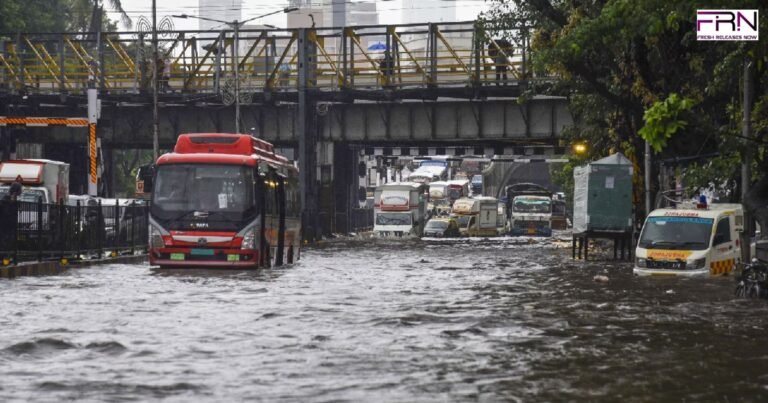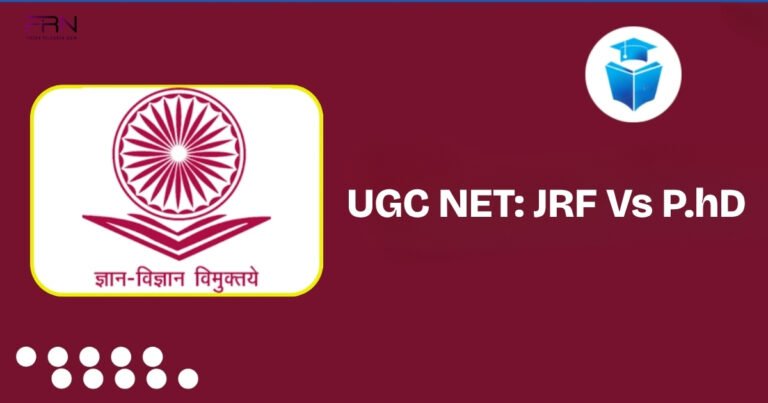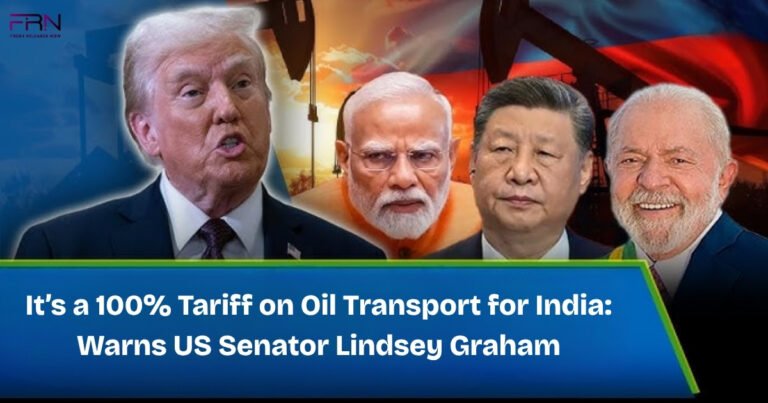
India’s economy continues to display robust growth, propelled by a booming services sector that drives business activity. However, inflation still poses a challenge. The most recent data from S&P Global, for May 2025’s Purchasing Managers’ Index (PMI), records further expansion. This trend further affirms India’s position in the world’s fastest growing large economies.
Strong PMI Performance in May
The country’s Composite PMI, which measures manufacturing and services output, hit 61.2 in May. That was a little lower than the 61.5 for April, but still comfortably above the 50-point level that indicates growth. And while manufacturing was flat, the services sector surged, pouring fresh momentum into the overall economy.
In fact, the Services PMI rose to 62.0, showing rapid growth. This increase came from strong demand, greater client confidence, and more business activity.
Pollyanna De Lima, Economics Associate Director at S&P Global Market Intelligence, said “India’s service sector continues to drive the country’s economic growth. She noted strong increases in business activity, new orders, and job creation. Moreover, she pointed out that Indian businesses stay strong despite global uncertainties and rising inflation at home”.
Services Sector: India’s Main Growth Driver
India’s services sector now powers the country’s growth, contributing almost 53% to the GDP. After the pandemic, it played a key role in the recovery.
In May, industries like IT, finance, tourism, healthcare, and transport showed strong growth. New business orders jumped significantly, and foreign customers also boosted demand.
As a result, companies hired more workers to meet rising demand. Confidence among businesses hit a 3-month high, thanks to strong order books and hopes for continued market growth.
This rise in service activity follows a global trend, emerging economies with strong local demand are now growing faster than many developed countries.
Manufacturing Growth Remains Steady
While the services sector grabbed more attention, India’s manufacturing sector also kept growing in May. The Manufacturing PMI stayed strong at 58.6, thanks to higher production, more new orders, and better supplier performance.
- Companies bought more inputs to keep up with rising demand.
- They also built-up finished goods inventories, expecting more orders ahead.
- Export levels stayed steady, although global tensions and high logistics costs slightly affected them.
Overall, manufacturing’s steady growth supports the booming services sector, helping drive a more balanced economic recovery.
Rising Costs Remain a Concern
Even with strong PMI numbers, inflation still creates problems for both businesses and consumers. The survey showed that input costs climbed at the fastest rate in over a year. This rise came mainly from:
- Rising food and energy prices
- Higher wages in cities
- Increased costs for raw materials and transportation
To manage rising costs, businesses raised prices, pushing output charge inflation to a 15-month high. However, demand has mostly stayed strong. Still, economists warn that if inflation keeps rising, it could start to hurt spending.
RBI’s Policy Dilemma
The Reserve Bank of India (RBI) faces a tough balancing act. On one side, strong PMI numbers suggest the economy is doing well. On the other side, rising inflation may force the RBI to tighten its policy.
Right now, the RBI has kept the repo rate steady at 6.5% for two straight reviews. Analysts say that if inflation doesn’t ease, the RBI might raise rates in the second half of 2025.
Even so, the central bank is moving carefully to avoid slowing down India’s recovery.
What’s Driving India’s Business Outlook
India’s business environment is improving, thanks to a mix of global and local factors.
Global Boosts:
- Strong demand from key partners like the US, Europe, and the Middle East
- Smoother supply chains, especially in electronics and auto parts
- Steady flow of remittances and foreign direct investment
Domestic Drivers:
- Increased government spending on infrastructure and digital projects
- Continued push for “Make in India” and PLI (Production-Linked Incentive) schemes
- Growing consumer confidence and more urban spending
- Rapid growth in startups and digital services
Together, these factors help India stay ahead of many other Asian economies.
Sectoral Insights: Who’s Leading the Way?
Recent trends and the latest PMI report show which sectors are performing well—and which are falling behind.
Top-Performing Sectors:
- Information Technology (IT): Companies are actively investing in cloud services, AI, and cybersecurity to support digital growth. Strong global demand, especially from the US and Europe, keeps this sector booming.
- Finance and Insurance: More people are using mobile banking and digital financial services. At the same time, demand for loans is rising in both retail and business sectors. Fintech growth and supportive policies are also boosting the sector.
- Hospitality and Travel: Travel is bouncing back as tourism and large events return. Hotels, airlines, and travel companies are seeing strong demand from both domestic and international travelers.
- Healthcare: Consumers are spending more on health services like diagnostics, telemedicine, and preventive care. Meanwhile, pharmaceutical companies are benefiting from steady export demand and greater awareness at home.
Sectors Facing Challenges:
- Real Estate: High interest rates are making home loans costly, which slows down demand. On top of that, rising costs for materials are cutting into builders’ profits—especially in housing projects.
- Retail (Non-Essentials): Essential goods still sell well, but non-essentials like clothing, electronics, and luxury items are under pressure. As costs rise, cautious shoppers are holding back, which squeezes retailer margins.
Outlook for H2 2025
Strong first half of 2025 marks expectations for the remainder of the year. Future development, however, depends critically on controlling inflation, managing global uncertainties, and tracking the monsoon.
Driven by services and robust domestic demand, India might reach a 7% GDP growth in FY 2025–26 if inflation keeps under control and outside shocks remain modest.
Bottom Line
The May PMI data shows India to be a strong, expanding economy where services lead the way. Strong foundations and government reforms help companies to remain hopeful in face of inflation challenges.
India’s economic path provides a striking narrative of development, adaptation, and sectoral strength in a complicated global context for investors, legislators, and global observers.



